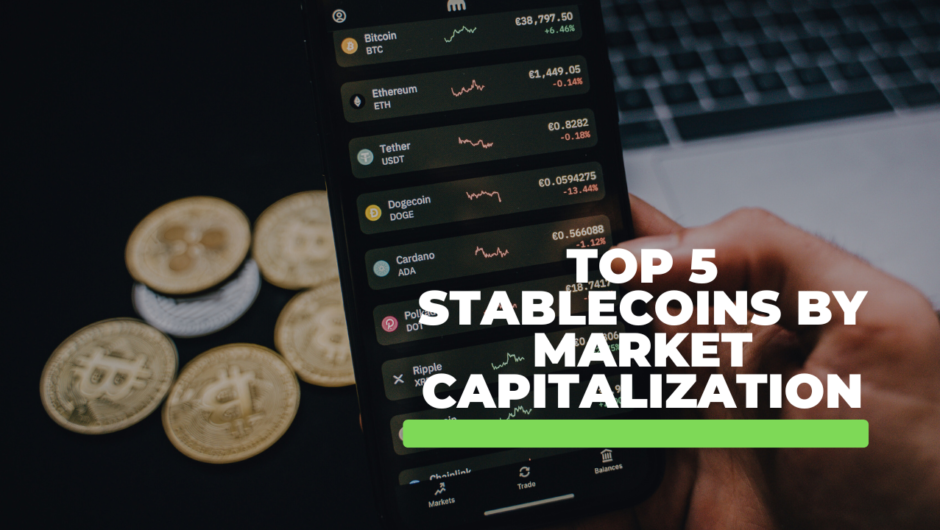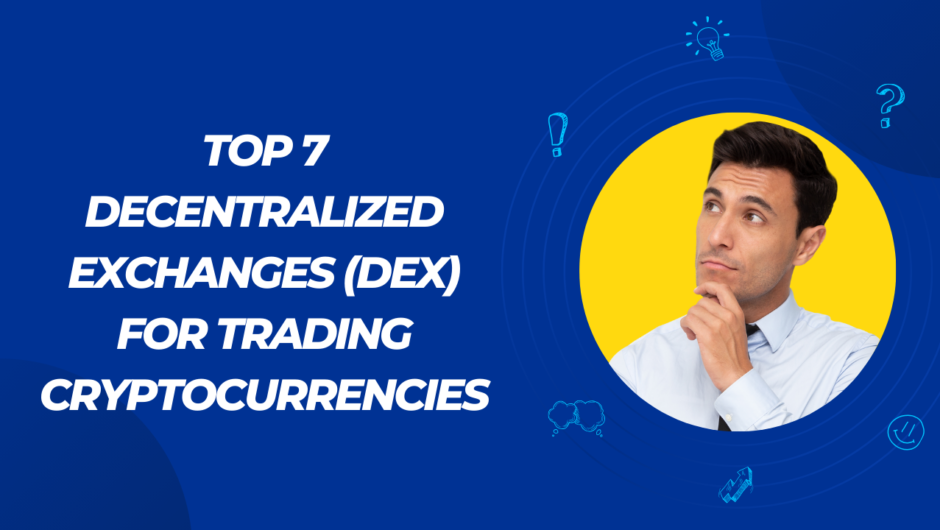As the world increasingly embraces digital currencies and blockchain technology, the cryptocurrency market continues to evolve at a rapid pace. In 2024, several cryptocurrencies stand out as key players with the potential to shape the future of finance and technology. From established giants like Bitcoin and Ethereum to innovative newcomers, the landscape offers diverse opportunities for investors, developers, and enthusiasts alike. Understanding the top cryptocurrencies to watch in 2024 requires insight into their technological advancements, market adoption, and potential impact on various industries. Let’s explore some of the most promising cryptocurrencies driving the next wave of innovation and disruption.

The Top 5 Cryptocurrencies to Watch in 2024 are:
Bitcoin (BTC)
Bitcoin (BTC) stands as the first and most recognizable cryptocurrency, fundamentally altering the landscape of finance since its inception in 2009 by the pseudonymous Satoshi Nakamoto. Positioned as a decentralized digital currency, Bitcoin operates on a peer-to-peer network without the need for intermediaries, offering users a secure, transparent, and censorship-resistant alternative to traditional fiat currencies.
At the core of Bitcoin’s innovation lies its blockchain technology, a distributed ledger that records all transactions on the network. This transparent and immutable ledger ensures the integrity of the Bitcoin network, making it resistant to fraud and manipulation. Bitcoin’s limited supply of 21 million coins, coupled with its deflationary monetary policy, has positioned it as a digital store of value akin to digital gold. This scarcity and fixed supply model have contributed to Bitcoin’s status as a hedge against inflation and economic uncertainty, attracting investors seeking a safe haven asset.
Ethereum (ETH)
Ethereum (ETH) is one of the most prominent cryptocurrencies, renowned not just for its monetary value but also for its pioneering role in facilitating decentralized applications (dApps) and smart contracts. Launched in 2015 by Vitalik Buterin and a group of developers, Ethereum introduced a groundbreaking concept: the ability to execute code on a blockchain, enabling a wide range of decentralized applications to be built on its platform.
One of Ethereum’s key features is its programmability, allowing developers to create custom smart contracts to automate agreements and transactions without the need for intermediaries. This capability has catalyzed the rise of decentralized finance (DeFi), enabling projects like decentralized exchanges, lending platforms, and automated market makers to flourish. Overall, Ethereum continues to play a central role in shaping the future of decentralized applications and the broader blockchain ecosystem, with its ongoing developments poised to further enhance its utility and adoption in the years to come.
Cardano (ADA)
Cardano (ADA) is a third-generation blockchain platform that prioritizes security, scalability, and sustainability. Founded by Charles Hoskinson, one of the co-founders of Ethereum, Cardano aims to provide a more inclusive and equitable financial system by leveraging academic research and peer-reviewed development processes.
Cardano’s innovative approach to blockchain technology is built on a foundation of rigorous scientific principles and formal methods, ensuring robustness and reliability. The platform is developed through a transparent and decentralized process, with input from a global community of developers, researchers, and stakeholders. One of Cardano’s key features is its layered architecture, separating the settlement layer (Cardano Settlement Layer or CSL) from the computation layer (Cardano Computation Layer or CCL). This design allows for greater flexibility, scalability, and interoperability, enabling the seamless integration of various applications and protocols.
Polkadot (DOT)
Polkadot (DOT) is a highly innovative and ambitious blockchain project, founded by Dr. Gavin Wood, one of the co-founders of Ethereum. Positioned as a multi-chain interoperability protocol, Polkadot aims to enable different blockchains to operate seamlessly together, fostering a decentralized and interconnected web of networks.At the heart of Polkadot’s architecture is its relay chain, which serves as the main network connecting multiple parachains (parallel chains) and parathreads (less resource-intensive chains).
This scalable and interoperable framework allows for the efficient transfer of data and assets between different blockchains, enhancing overall network efficiency and flexibility. One of Polkadot’s key innovations is its ability to facilitate seamless upgrades and interoperability between different blockchains, paving the way for a more interconnected and scalable blockchain ecosystem. This interoperability unlocks new possibilities for decentralized finance (DeFi), cross-chain asset transfers, and decentralized applications (dApps), driving innovation and collaboration across the blockchain space.
Solana (SOL)
Solana (SOL) emerges as a high-performance blockchain platform designed to facilitate decentralized applications (dApps) and crypto-native projects with unparalleled speed and scalability. Founded by Anatoly Yakovenko in 2017, Solana addresses the scalability challenges faced by many blockchain networks, offering transaction speeds of up to 65,000 transactions per second (TPS) and significantly lower fees compared to other platforms.
Solana’s innovative architecture is built around a unique consensus mechanism called Proof of History (PoH), which timestamps transactions before they are processed, enhancing overall network efficiency and throughput. This approach allows Solana to achieve fast transaction finality and support a wide range of decentralized applications, including decentralized finance (DeFi), non-fungible tokens (NFTs), and decentralized exchanges (DEXs). Solana’s native token, SOL, plays a central role in the network, serving as a means of payment for transaction fees, as well as a governance token for protocol upgrades and decision-making within the ecosystem.
Conclusion
In conclusion, the top cryptocurrencies to watch in 2024 represent a diverse range of projects poised to shape the future of finance, technology, and beyond. From Bitcoin and Ethereum, the pioneering giants, to innovative platforms like Cardano, Polkadot, and Solana, each cryptocurrency offers unique features and capabilities driving blockchain innovation forward. With ongoing developments, scalability enhancements, and increasing adoption across various sectors, these cryptocurrencies hold the potential to revolutionize industries, foster decentralization, and redefine the way we transact and interact in the digital age. As the cryptocurrency market continues to evolve, staying informed and vigilant is crucial for navigating this dynamic landscape.
Also Read:
- What is Dividend Investing and How to find Dividend Stocks?
- How do new mobile banking apps help access savings account better?
- Financial Advisor in India – The Best for your Financial Planning?
- What is inflation and how it impacts your financial plan?

Hello, I am Tanisha Kriplani, graduated in computer science from Delhi University. I am passionate about web content writing and have a strong interest in Data Analytics and Data Engineering.











